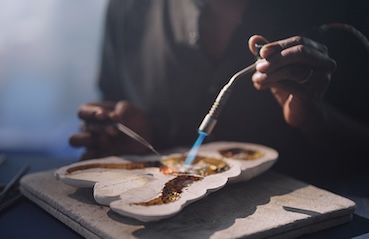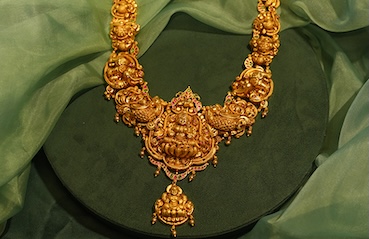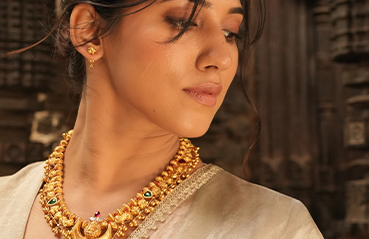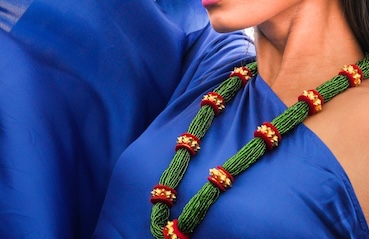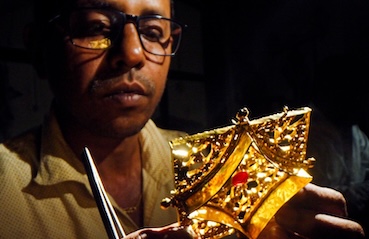Published: 22 Oct 2018
A brief history of gold in Roman civilisation
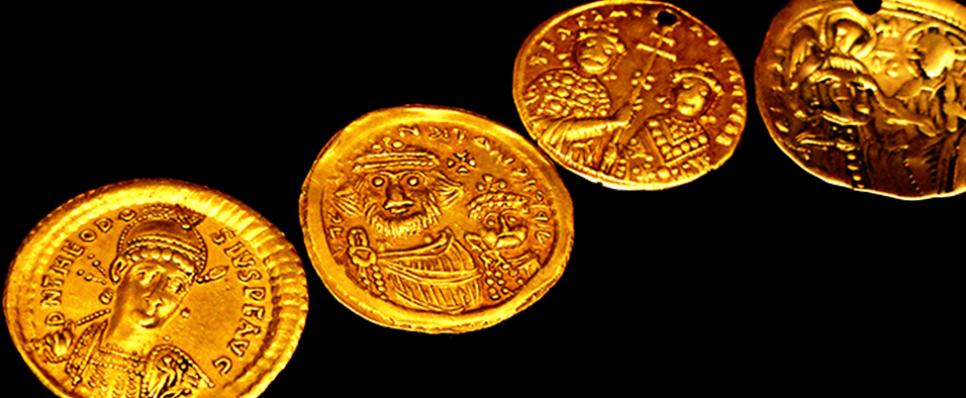
Not long after the first ever human interaction with gold in 3000 BC, gold gained immense significance in the ancient civilisations.
The Romans are credited as being one of the first to make gold coins a popular form of currency. Gold was also commonly used for jewellery-making in the Roman era. Gold jewellery was a symbol of prosperity and wealth.
With time gold began to be used in the making of pots and other household goods that could be afforded only by the upper classes. It was believed that the more gold found in a house, the more prosperous it was.
The Romans also followed the tradition of burying their dead with their gold jewellery so that it could accompany them to their afterlife.
From where did the Romans get their gold?
Rome never had rich natural resources of gold and was slow in acquiring it. The first discovery of gold was from the Po River in the western Alps and south of Piedmont. The Second Punic War (218-201 BC) was perhaps the most significant turning point in the history of Rome with regard to gold.
Once the Romans conquered Spain, they mined gold in the Aduar Basin, Malaga District, the Plains of Granada, and the slopes of the Sierra Nevada mountains. Traces of gold in these regions can be found to date. Another large source came with Julius Caesar’s conquest of Britain.
As the Roman Empire grew, the hunger for gold expanded too. Their victories got them gold from mines at Vercellae, the Rhine River, as well as from the Atlantic coast of Central Africa and parts of Egypt – indeed, from all over the world. In AD 49, the wife of Emperor Claudius, Agrippina, wore a tunic made of gold threads. At one point the Romans had so much gold that they began to create massive statues of pure gold for display.
History of ancient Roman gold jewellery
In the Roman Empire, gold signified wealth, prosperity, and the social status of an individual.
Since gold was considered the metal of the gods and was believed to have descended from the sun, it was widely used for making ornaments. Amulets called bulla were worn by young boys from birth as a shield against any evil energy. Gold rings with phallic symbols were also favoured by young boys as they were thought to bring good fortune. Gold rings were the most common – and sometimes the only – piece of jewellery worn by men.
Roman women preferred wearing necklaces, bracelets, and armlets. The number of pieces of jewellery on their arm was always greater than seven. Bracelets in the shape of coiled snakes pinned by gold were extremely popular among them. The design symbolised immortality.
Ancient Roman gold coinage
Did you know that ‘Aureus’ was the basic gold monetary unit in the Roman world? These were used from the middle of the third century BC to the middle of the third century AD.
During this era, gold was recycled to produce coins that were widely circulated. The current emperor’s face was embossed on the coins. The most widely used were the ones of Augustus.
Gold mining became particularly expensive after the Romans invented hydraulic mining in Spain. Although this method produced more gold than deep mines, it was also responsible for re-chaneling and destruction of rivers. The Romans mined gold, minted coins, and circulated them extensively far beyond the frontiers of their Empire.
Gold contributed greatly to the economy of ancient Rome, making it one of the most powerful empires in the world. The Romans’ love for gold inspired and influenced many other civilisations that followed and gave the world a new perspective towards the precious metal.
